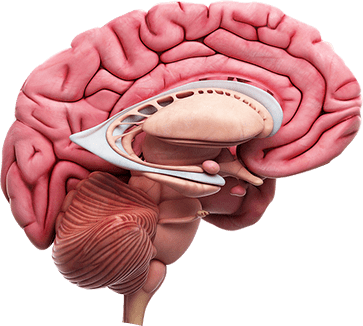Multiple sclerosis has a distinct geographical zonality. The inhabitants of the northern states of the USA, Canada, Russia, northern and central European Union countries, southern regions of Australia are most susceptible to disease: here disease frequency is in range of 0.04-0.05% among the population. The disease is most rare registered in regions with more sunlight - in Africa, in Asian countries, in Oceania, in Central and South America: the incidence rate in these areas is almost 10 times less.
Multiple sclerosis is 2 times more often diagnosed in women, but for men it usually has a less favorable couse. There are also noticeable differences in the racial distribution: the most affected are people of Caucasian race, the representatives of Mongoloid race are the least affected. The onset of the disease usually occurs at a young age: most diagnoses are first established for patients aged 15 to 40 years.
After the diagnosis was made, patients with disseminated sclerosis live on average 35 years. Some patients, especially under condition of early adequate treatment, retain satisfactory activity and the possibility of self-service for a long time. In other cases, disease initially acquires an aggressive course, while patients quickly lose the ability to move themselves and within 5-6 years need constant care.




